Fueling the Fire
Summer is here, and many of us are heading out to the backyard and dusting off our charcoal grills. When it comes to grilling, choosing charcoal briquettes and lump charcoal can significantly impact your cooking experience.
Charcoal briquettes, engineered from compressed charcoal dust and additives, offer consistent heat and longer burn times. They’re favored for their ease of use and uniform shape, making them ideal for controlled cooking temperatures in grills and smokers. The uniform size of briquettes also promotes predictable cooking times, making them reliable for beginners and seasoned grillers.
On the other hand, lump charcoal, crafted from natural hardwood, provides a different grilling experience. It’s characterized by irregular shapes and sizes, often resulting in more intense heat and faster ignition.
Lump charcoal enthusiasts appreciate its authentic smoky flavor and versatility, as it allows for heat distribution adjustments by manipulating the coals’ placement. This natural option tends to burn hotter and faster than briquettes, making it suitable for searing meats and achieving that classic charcoal flavor.
Understanding the differences between charcoal briquettes and lump charcoal empowers grillers to make informed choices based on their cooking style, flavor preferences, and desired grilling outcomes. Whether aiming for precision or embracing the rustic charm of natural hardwood, both options offer distinct advantages to elevate your grilling game. Knowing these differences allows you to choose the best option for your next grilling adventure confidently.
My father always used charcoal briquettes, and I did the same for years and years. But years ago, my buddy—we call him BBQ Bob—convinced me to switch to lump charcoal.
Until I researched to write this, I thought that lump charcoal was more gourmet because it was “all-natural.” Unfortunately, people don’t like briquette charcoal because each piece supposedly contains added toxins. But I learned that as long as you stay away from the self-igniting kind, you can avoid these harmful additives to enjoy the benefits of briquette charcoal.
Charcoal Briquettes
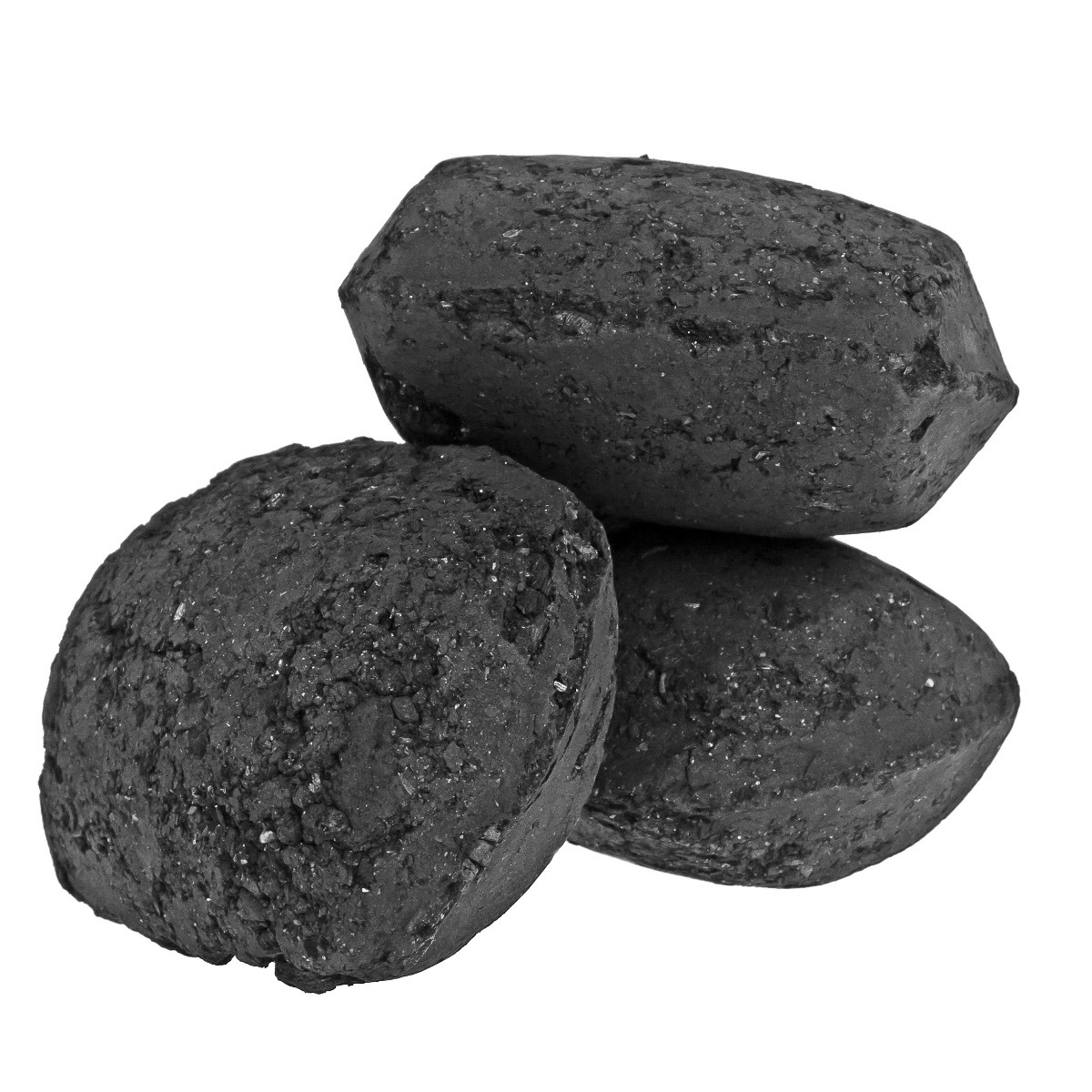
Charcoal briquettes are compact blocks of charcoal dust or other combustible materials used as grilling fuel. They are created by compressing charcoal, typically made from wood by-products, into consistent shapes such as squares or cylinders. To form briquettes, charcoal dust or fines are mixed with a binder such as starch or other additives that help hold the charcoal together and aid in ignition.
The production process involves crushing charcoal into a fine powder, mixing it with the binder, and pressing it into molds under high pressure. This results in uniform, dense briquettes that burn steadily and at a controlled rate. Briquettes are known for their longer burn times than lump charcoal and their ability to maintain consistent heat levels, making them popular for grilling and smoking where precise temperature control is beneficial.
Charcoal briquettes are widely available and come in various formulations, including those with added materials for specific purposes like faster ignition or enhanced flavor. They are valued for their ease of use, reliability, and suitability for prolonged cooking sessions, making them a preferred choice for many grillers and barbecue enthusiasts.
Lump Charcoal
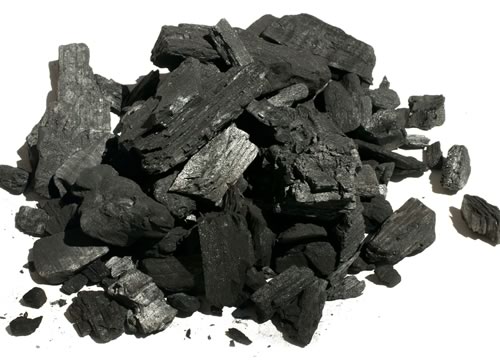
Lump charcoal, or “lump,” is a natural product made from hardwood such as oak, hickory, maple, or mesquite. Unlike charcoal briquettes, which are formed from compressed charcoal dust and additives, lump charcoal is created by burning wood without oxygen, a process known as pyrolysis. This produces charred pieces of wood that retain their natural shape and vary in size, ranging from small chips to large chunks.
Lump charcoal is prized for its purity and natural composition, containing no additives or binders. Due to its irregular shape and composition, it ignites more quickly than briquettes and burns hotter and faster. This makes it ideal for achieving high temperatures quickly, which is advantageous for searing steaks or other meats where intense heat is desired.
One of the key benefits of lump charcoal is its distinctive smoky flavor, which is imparted to food during grilling or smoking. Its natural composition also produces less ash than briquettes, reducing cleanup time. Lump charcoal is favored by grill enthusiasts and chefs who value its authenticity, versatility, and ability to deliver exceptional flavor profiles to grilled dishes.
Lump charcoal offers a more traditional grilling experience, emphasizing natural hardwood flavors and higher heat capabilities, making it a preferred choice for many barbecue purists.
Is One Better Than The Other?
The choice between charcoal briquettes and lump charcoal ultimately depends on personal preference and the specific grilling or smoking goals:
- Consistency and Ease of Use:
- Charcoal Briquettes offer consistent heat and burn times, making them easier to control for longer cooking sessions. They are uniform in size and shape, which can provide predictable results, and are handy for beginners.
- Lump Charcoal: Due to its natural composition, it provides hotter temperatures and faster ignition. It’s less uniform in size and shape, which may require more attention to heat management but allows for more versatility in heat distribution.
- Flavor Profile:
- Charcoal Briquettes Tend to impart less distinct flavor than lump charcoal, though some varieties include additives to enhance flavor.
- Lump Charcoal: Known for its natural smoky flavor from hardwoods, enhancing the taste of grilled foods, especially meats.
- Specific Uses:
- Charcoal Briquettes are ideal for prolonged cooking sessions where consistent heat and longer burn times are needed, such as smoking or slow cooking.
- Lump Charcoal: Excellent for high-heat grilling, searing, or when a natural wood smoke flavor is desired.
Neither charcoal briquettes nor lump charcoal is universally “better” for grilling. The choice depends on the cooking style, flavor preferences, desired heat intensity, and the specific application (grilling, smoking, searing). Many grillers use both types depending on the circumstances, combining the benefits of each for different stages of cooking or different types of foods.
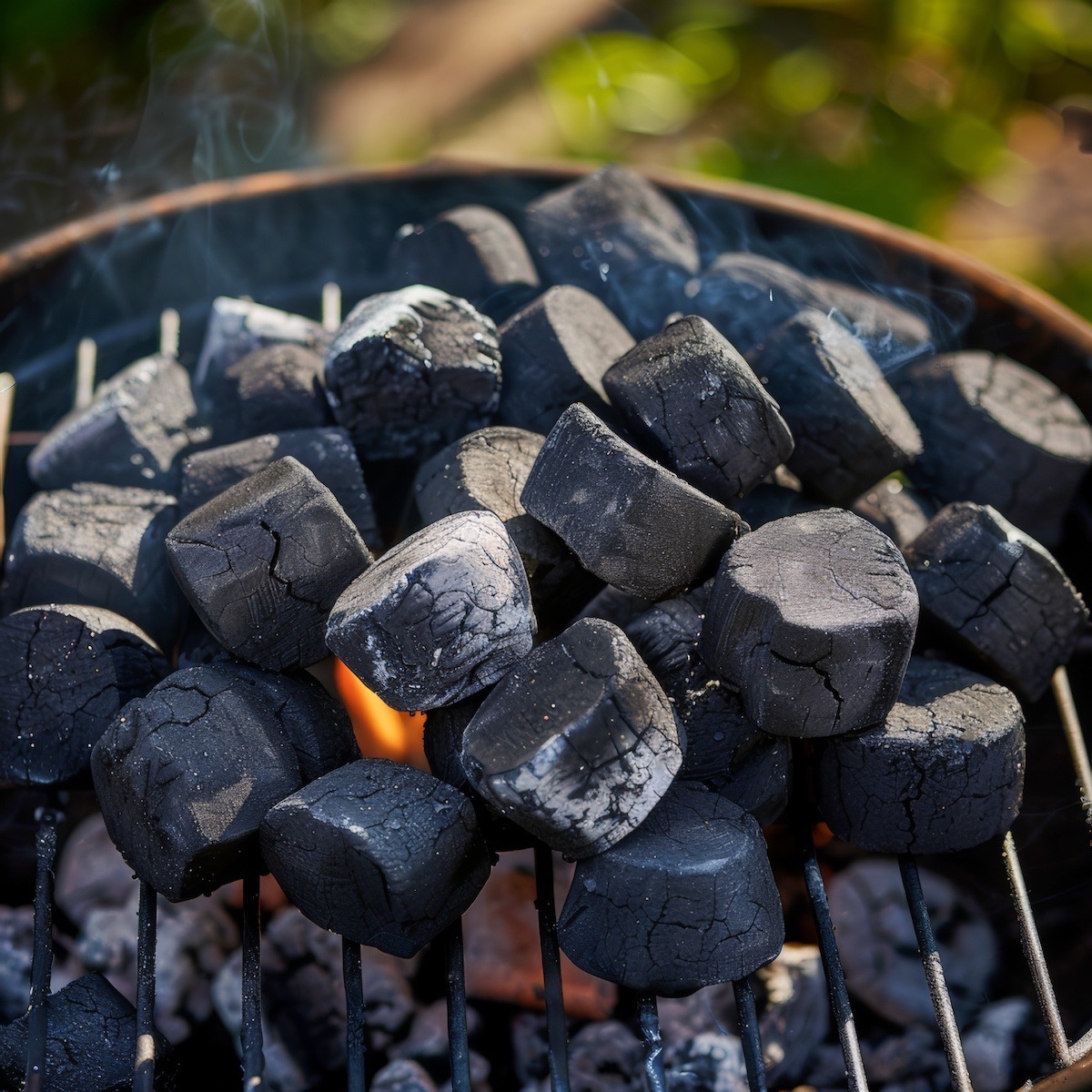
Advantages for Each
Charcoal briquettes and lump charcoal each have distinct advantages that make them suitable for different grilling situations:
Charcoal Briquettes:
- Longer Cook Times: Briquettes are designed to burn consistently and steadily, making them ideal for long cooking sessions such as smoking briskets or ribs.
- Temperature Control: They provide more predictable heat levels due to their uniform size and shape, which is beneficial for maintaining steady temperatures over extended periods.
- Ease of Use: Briquettes are generally easier to ignite and manage, making them suitable for beginners or when consistent heat is crucial.
Best Situations for Charcoal Briquettes:
- Smoking: When you need to maintain a steady, low temperature for several hours to smoke meats.
- Long Grilling Sessions: For recipes requiring extended cooking times, such as slow-cooked roasts or whole chickens.
- Beginners: Due to their predictable burn characteristics and easier management.
Lump Charcoal:
- High Heat Grilling: Lump charcoal burns hotter and faster than briquettes, making it perfect for quick-searing steaks, chops, or vegetables where intense heat is desired.
- Natural Flavor: It imparts a distinctive smoky flavor derived from the hardwoods used, enhancing the taste of grilled foods.
- Versatility: Lump charcoal’s irregular shapes and sizes allow for better airflow and heat distribution, offering more flexibility in cooking techniques.
Best Situations for Lump Charcoal:
- Searing: When you need to achieve a high temperature quickly for searing meats or achieving a charred exterior.
- Grilling Vegetables: Where quick cooking and direct heat are advantageous.
- Flavor Enhancement: This is for dishes where the natural wood smoke flavor is desired, such as ribs, burgers, or seafood.
Choosing between charcoal briquettes and lump charcoal often depends on the specific cooking goals, desired flavors, and the type of grill or smoker being used. Many grillers and chefs find it beneficial to have both types on hand to cater to different cooking scenarios and flavor preferences effectively.
Additives
Many people, myself included, hesitate to buy briquette charcoal because of the extra ingredients that manufacturers add to the individual pieces. Before researching, I avoided briquette charcoal because I thought it contained toxic waste products and unhealthy additives.
In truth, manufacturers add products that hold the charcoal together and enhance its combustibility on the grill. According to a press release from Kingsford, here is the list of extra ingredients added to their briquette charcoal:
Wood char: a wood by-product that is used as a heat source.
Mineral char: a form of coal also used as a heat source
Mineral carbon: an almost pure-carbon coal that helps heat up the briquette
Limestone: a sedimentary rock that makes the resultant briquette ash look nicer when it’s released
Starch: holds the briquette together on the grill
Borax: in small quantities, it’s a non-toxic mineral that separates briquettes from their commercially made molds.
Sodium nitrate: used as a starter for briquettes
Sawdust: also a starter
According to the press release, none of these added ingredients will harm you, but I would advise you to do your homework to determine if these “additives” suit you.
Cost
Lump charcoal is pricier than briquette charcoal—nearly twice the cost—but people tend to splurge on lump pieces because they are more efficient at producing heat. But, again, how hot you want the grill depends on what you’re cooking.
So, there you have it. I will relook at charcoal briquettes and see if any “funky” taste is associated with them, but if you want to get your temps up on the grill, you may as well spend a few more bucks to get the lump variety.
You should still check the ingredients list on any charcoal briquettes you purchase to ensure they do not contain nasty additives.
Need More Wood Flavor
I recently read in the New York Times that it’s worth buying oak, cherry, or hickory-flavored hardwood chunks separately for a nice wood-smoked flavor. Then, you can combine these chunks to either briquette or lump charcoal to add a more authentic smoky flavor to both.

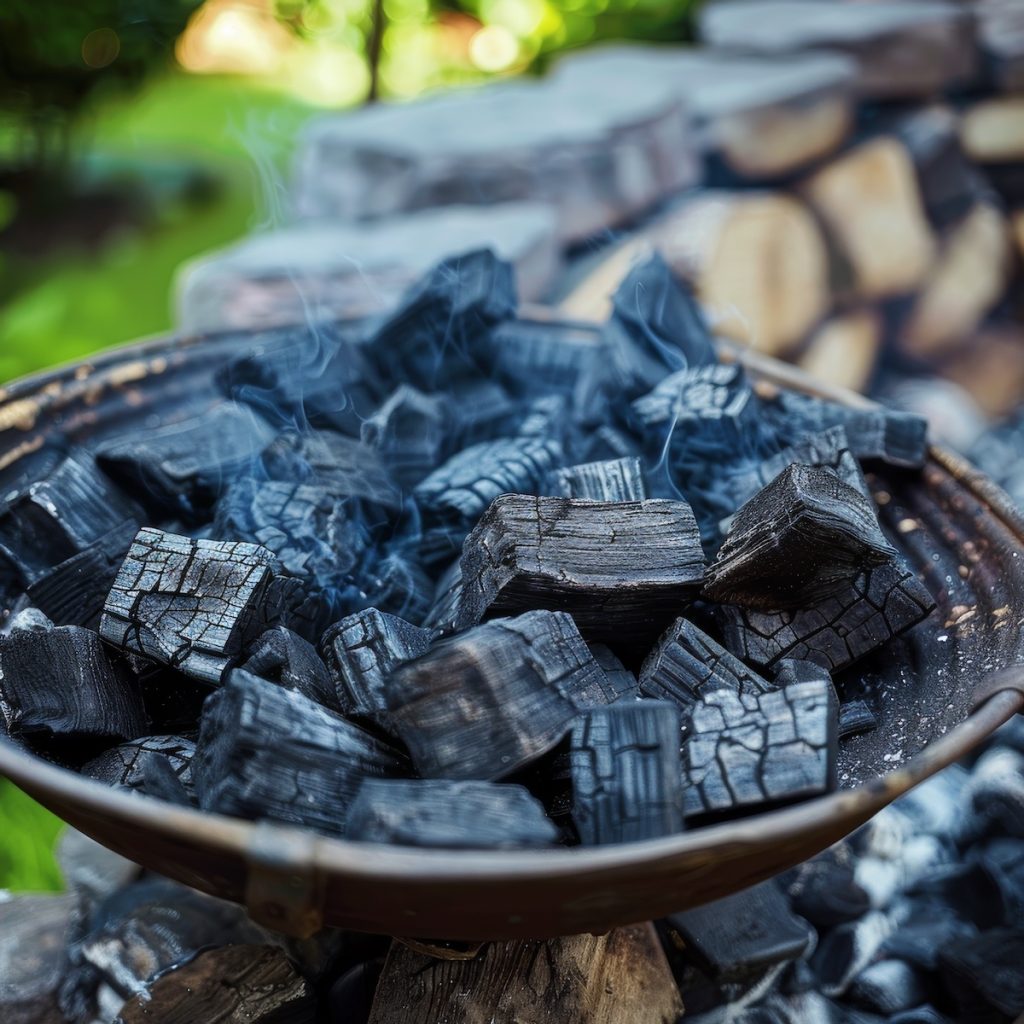
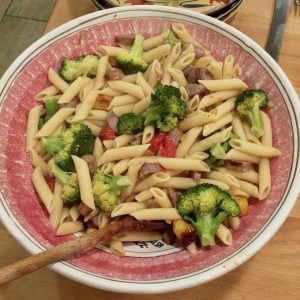
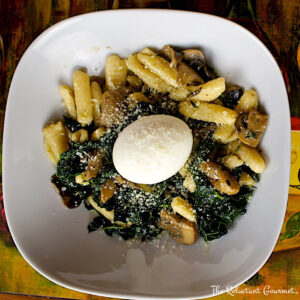


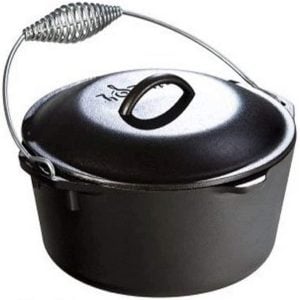
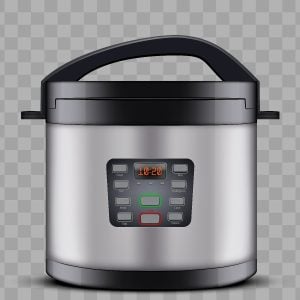
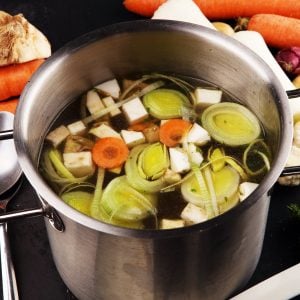
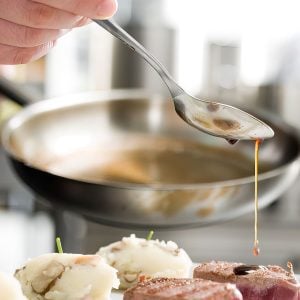
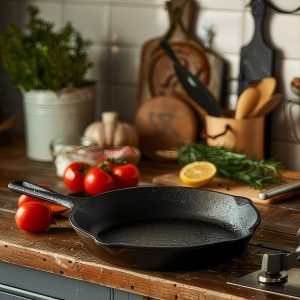
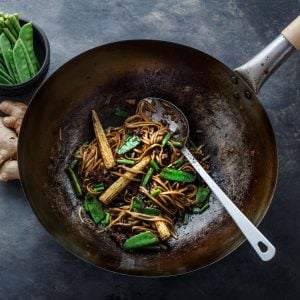
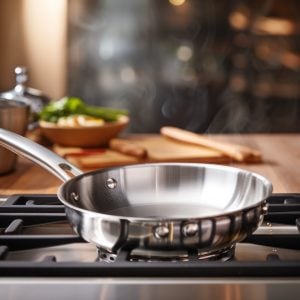
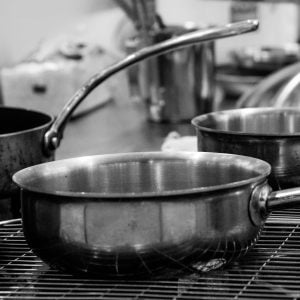


5 Responses
Raw materials for charcoal briquettes are various. And it is easy to make charcoal briquettes with professional machine.
Good post. I totally agree with you that do not add any additive when making charcoal briquettes. Even a little. As a manufacturer, i can tell you that charcoal briquettes from hardwood are the best.
Hello Stephen —
I rather doubt any of us will die from using briquettes, but I urge you to be more skeptical when reading manufacturers’ press releases.
Here is a translation of the contents list.
Mineral carbon: Coal. The same stuff that the EPA regulates, because burning it releases mercury and other heavy metals. Coal is fine for stoves, but no one cooks over it.
Sodium nitrate: Chilean saltpeter. Not by my choice.
Borax: Sodium tetraborate. Ant killer. Not allowed as a food additive in the U.S. In the EU, it is classified as “toxic for reproduction.”
Your choice.
Robert
Dear Sir, Good day. Fantastic, very value information. Regarding Sodium nitrate uses in charcoal briquette, could you please provide me with the information using Sodium nitrate in order to be safe, I am using high pressure extruder in charcoal briquette, I would like to increase burning speed. REGARDS Haitham
Lazari lump 40.lbs @ $14
Kingsford 40 lbs $26
Not sure where you’re shopping.